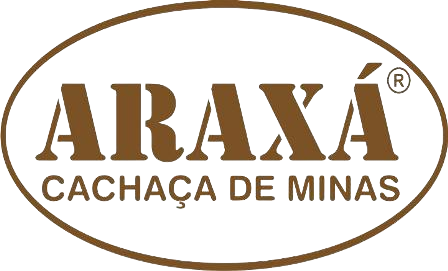THE HISTORY OF CACHAÇA
The history of Cachaça and the history of Brazil merge from the colonial times to the present day.
Cachaça, the name given to sugarcane brandy, is a typical Brazilian alcoholic beverage.
In colonial sugar production, “cachaça” was the name given to the foam that rose to the surface of the sugar cane juice that was being boiled. Later, with the distillation of the fermented foam and molasses, it also became known as “Cachaça” and was supplied to slaves or purchased by the population in general.
Cachaça is a drink of great cultural, social and economic importance for Brazil and is directly related to the beginning of colonization and sugar activity, which, being based on the same raw material as Cachaça, provided the necessary influence for the implementation of the production of Cachaça drink.
Fermented beverages, such as beer and wine, have been known for millennia – the distilled beverage, which is the case of Cachaça, is more recent. Between the 10th and 12th centuries, European alchemists classified the distillation product as “aqua ardens” – literally, water that catches fire. Later, the burning water was obtained with a higher alcohol content and was called agua vitae, eau de vie, in French, and whiskey beatha, in Irish. This water of life or quintessence was used by physicians as medicine.
After the Arabs discovered the equipment for distillation of the drink – in fact, very similar to the ones we know today – the production technology spread throughout the old and new world.
Existing in Brazil since colonial times, Cachaça has gone through stages of modernization of its production and today it is the main distilled beverage made in the country.
How CACHAÇA is produced
The production process begins with the choice of the appropriate variety of sugarcane and its planting, as well as the region that best adapts to the climatic conditions. Another important precaution is to always harvest this raw material at the right point, in the different months of production.
During the sugarcane milling process, there are other important precautions to be taken, such as analyzing the efficiency of the juice extraction and the use of a filter to collect the sugar cane bagasse fragments present in the juice, since when they reach the fermentation process result in increased methanol content. It is also important to correct the sugar content in the broth, aiming at a greater efficiency of the fermentation process.
Fermentation, distillation, aging and storage
The fermentation process is the most important phase for the quality of the final product. Fermentation takes place by the action of yeasts, which have the best resistance to high alcohol levels.
The cane juice destined for fermentation is called must.
Distillation is heating until reaching the boiling point necessary to separate volatile substances, of the most different degrees of volatility, that make up the mixture.
In this physical-chemical process, the main objective is to separate ethyl alcohol and some volatile substances from the fixed substances that accompany the liquid.
At the end of distillation in stills, with the aim of producing the drink, the Cachaça obtained is divided into three parts: “head, heart and tail”. Since in a simple manufacturing process, the Cachaça considered the best quality is the “heart” Cachaça, that is, it is that portion distilled after the first flow exits, that is, the “head; this quality portion usually has an alcohol content ranging from 45 to 48% by volume.
The third step would be storage and aging; then, when using a cellar to store and keep Cachaça in good climatological conditions, it is possible to greatly reduce product losses due to evaporation. Cachaça must be stored in good quality wooden barrels, as oak, also some Brazilian wood such as jequitibá, umburana, cabriúva, etc.
During this maturation or ageing, which can vary from a few months to a few years, Cachaça acquires the body and color resulting from the wood used in the barrels, generally varying between yellow and red colors. A few woods, however, do not release color, keeping the Cachaça in its original and crystalline tone.
After being aged, the Cachaça must be submitted to a rigorous filtering before its bottling and commercialization.
What differs a cachaça with a higher market value from another with a more popular price is the quality of production, aging and the necessary care.
Premium Cachaças
With the development and scope of the market, both national and international, today there is an infinity of high added value Cachaças on the market, such as our Araxá Premium and Brazilian Spirit, products that compete with the greatest distillates in the world.
By way of information, Cachaça, the name given to sugarcane brandy, is a typically Brazilian alcoholic drink, that is, the expression CACHAÇA can only be used for the drink produced exclusively in Brazil.
• According to IBRAC – Cachaça Brazilian Institute –, Brazil's production capacity is 1.2 billion liters of Cachaça per year.
• Annual consumption in Brazil is around 11.5 liters of the beverage per inhabitant;
• The Cachaça production chain moves approximately R$ 7 billion;
• There are over 4,000 brands spread across the entire Brazilian territory;
• Cachaça is the 3rd most consumed distillate in the world.



